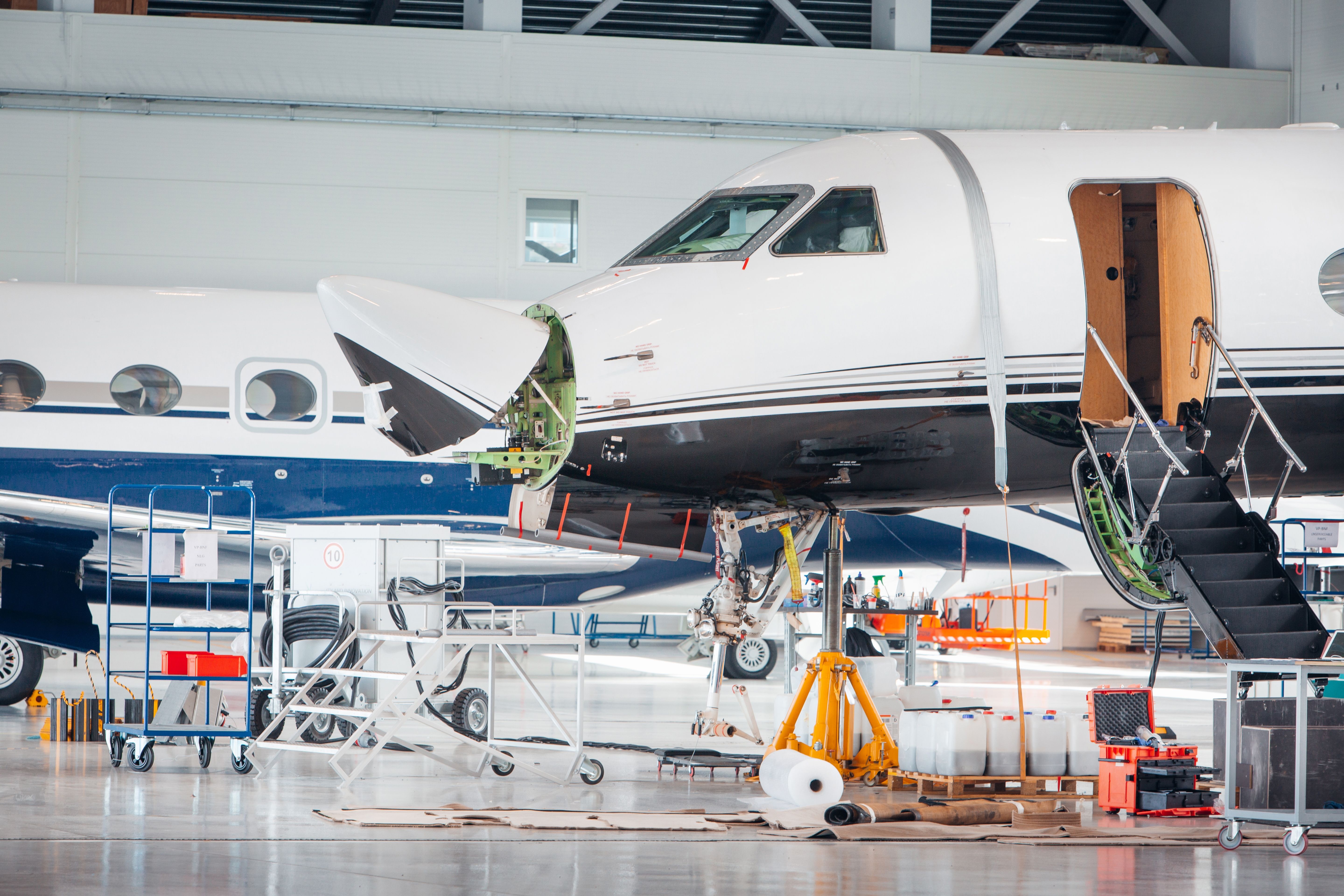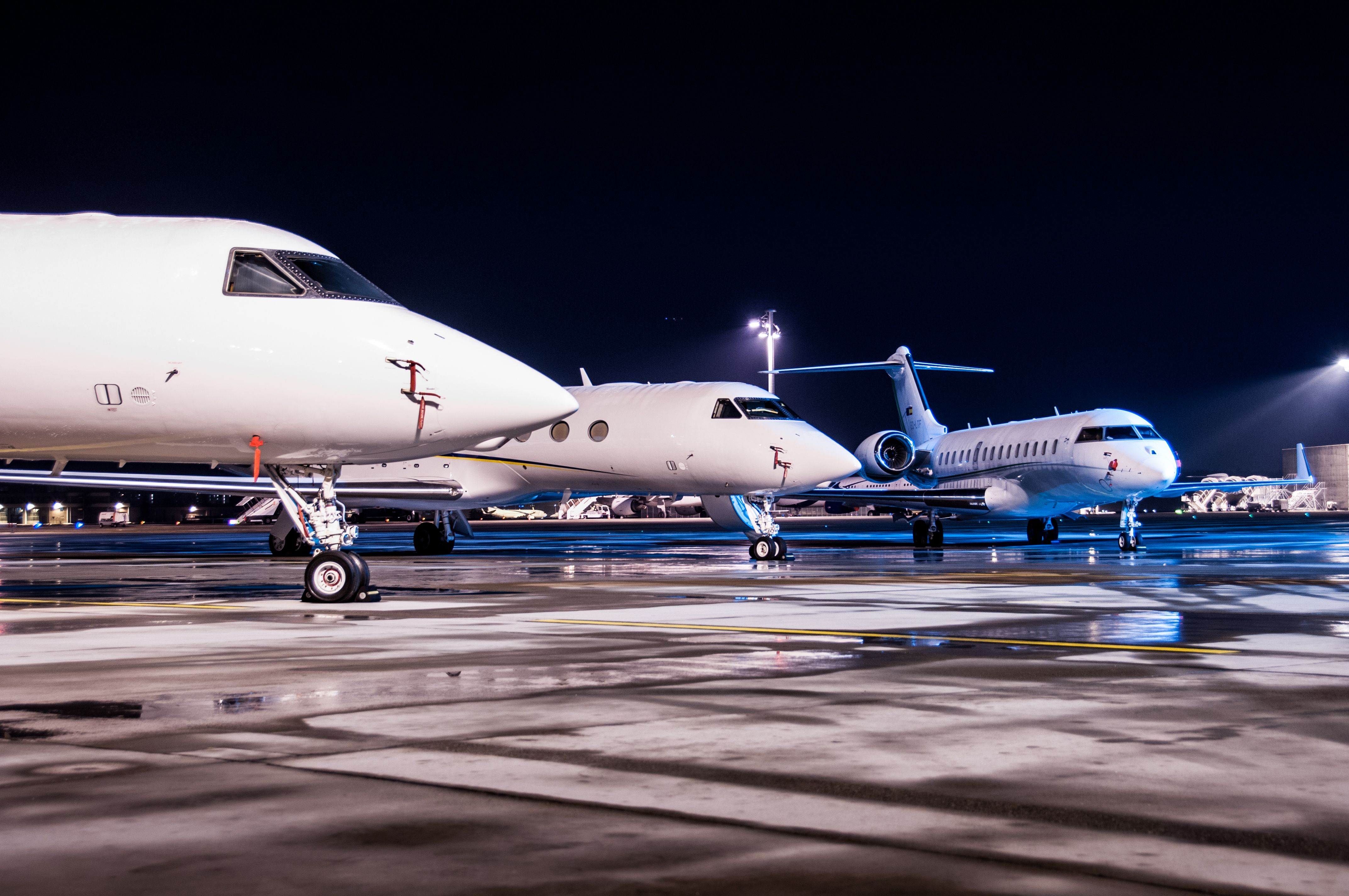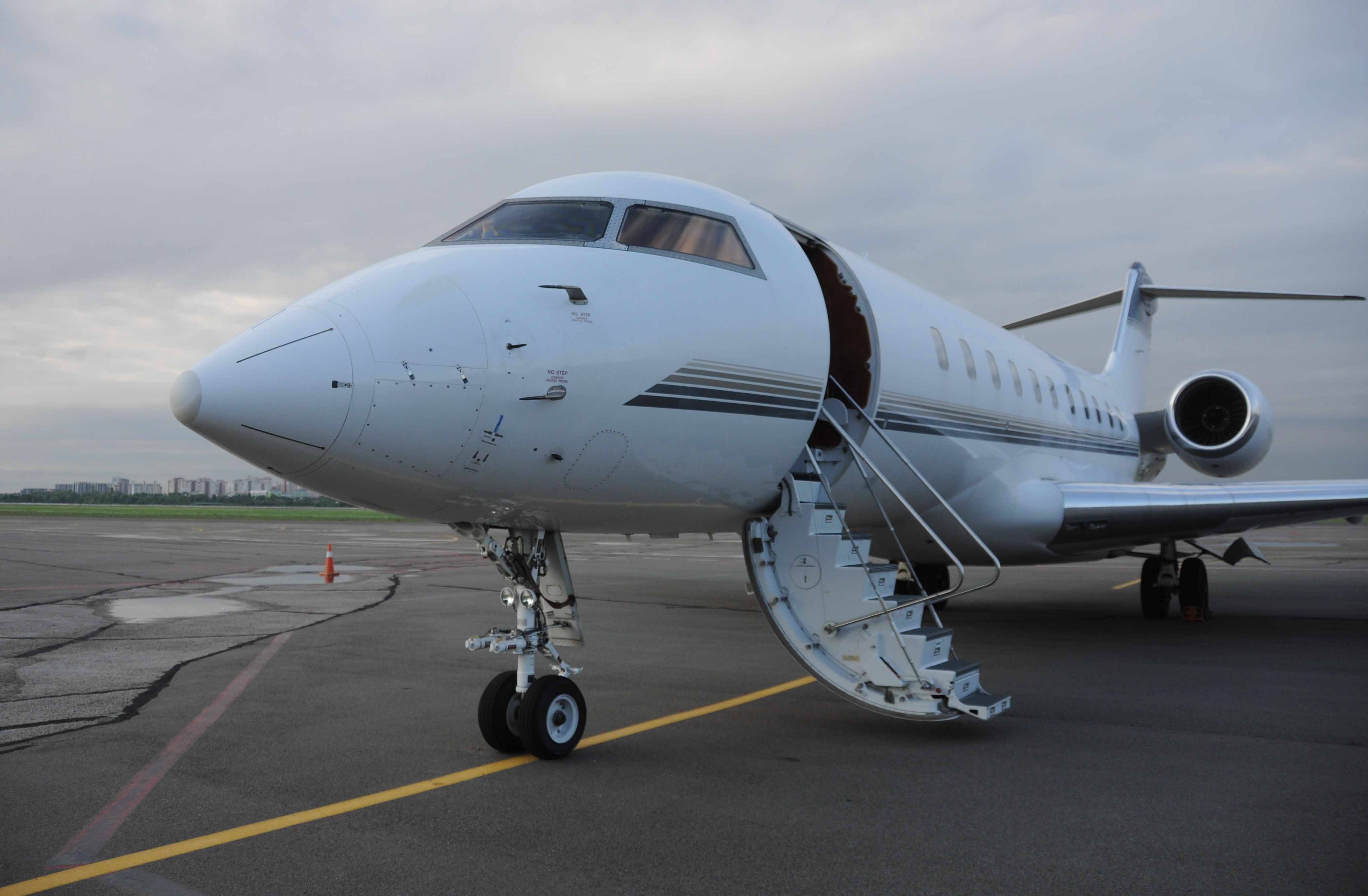Summary
- Private jets must adhere to maintenance guidelines set by regulatory authorities to ensure safe operation.
- Trained mechanics perform maintenance using approved criteria and processes outlined in an aircraft maintenance manual.
- The frequency and cost of maintenance can vary based on an aircraft’s usage, size, age, and type.
Like commercial airliners, private jets also come under the maintenance guidelines of a country’s regulatory authorities. In the United States, the Federal Aviation Administration (FAA) mandates owners and operators of business aircraft to comply with the process and scheduling of routine repairs. Periodic inspections and necessary maintenance ensure that the jet operates within safe limits prescribed by the regulatory agency.
Private Jet Maintenance
Trained and licensed mechanics perform the maintenance of private jets. They must use approved criteria, processes, and tools to perform maintenance. When a business jet manufacturer rolls out a new airplane and seeks certification, it must also certify the aircraft maintenance manual (AMM). Apart from standard procedures, all inspections, repairs, and deviations must be done according to the AMM.
Photo: BoJack | Shutterstock
Unlike commercial airliners, the FAA allows the owners of private jets to perform some basic maintenance tasks on their own. For example, oil and filter changes, replacing the indication light bulbs, lubrication and greasing, and interior fabric repairs. While doing so, the AMM guidelines must be followed to ensure the safety of the aircraft is not compromised.
Frequency of maintenance
How often private jets need maintenance depends on their level of usage. Jets that routinely make multiple flights a day, such as rental ones, must perform routine inspections and repairs to ensure they remain at the operational limits. Preventive maintenance procedures allow jet owners to identify the potential wear before it becomes more significant or results in a failure.
Photo: Thierry Weber | Shutterstock
Various preventive maintenance techniques are applied depending on the criticality of the part or system. Preventative maintenance also enables routine inspections, particularly for performance, fuel efficiency, and conditioning of systems. Maintenance technicians also perform exterior checks during ground transit to identify any apparent damage.
Typical intervals of maintenance
Private jets typically require an A inspection when they reach approximately 150 flight hours. The airframe, engines, accessories, and avionics are inspected for apparent damage or faults.
At about 750 flying hours, a B inspection is performed, which includes all checks of the A inspection, plus lubrication, servicing of fuel components, and an examination of the exterior of the power plants, including cowlings and panels.
When an aircraft reaches 3,000 flight hours, a C inspection is performed. This includes all checks of the A and B inspections, plus a detailed review of the airframe, application of corrosion prevention procedures, calibration of flight instruments, and assessment of individual accessories.
Photo: Giovanni Love | Shutterstock
Every 20,000 flight hours, the aircraft goes through a D inspection, which is somewhat equivalent to commercial airliners’ C and D checks. The aircraft is stripped down, and a thorough examination is performed. Cabin interiors are removed for a complete structural inspection.
Cost of Maintenance
The cost of maintenance of the business jets varies significantly based on the size, age, and type of jet. For example, a D inspection on a small Learjet may be between $500,000 million and $3 million. However, performing comprehensive maintenance on a large Gulfstream corporate aircraft may cost upwards of $8 million.
What are your thoughts on the basics of private jet maintenance? Tell us in the comments section.




